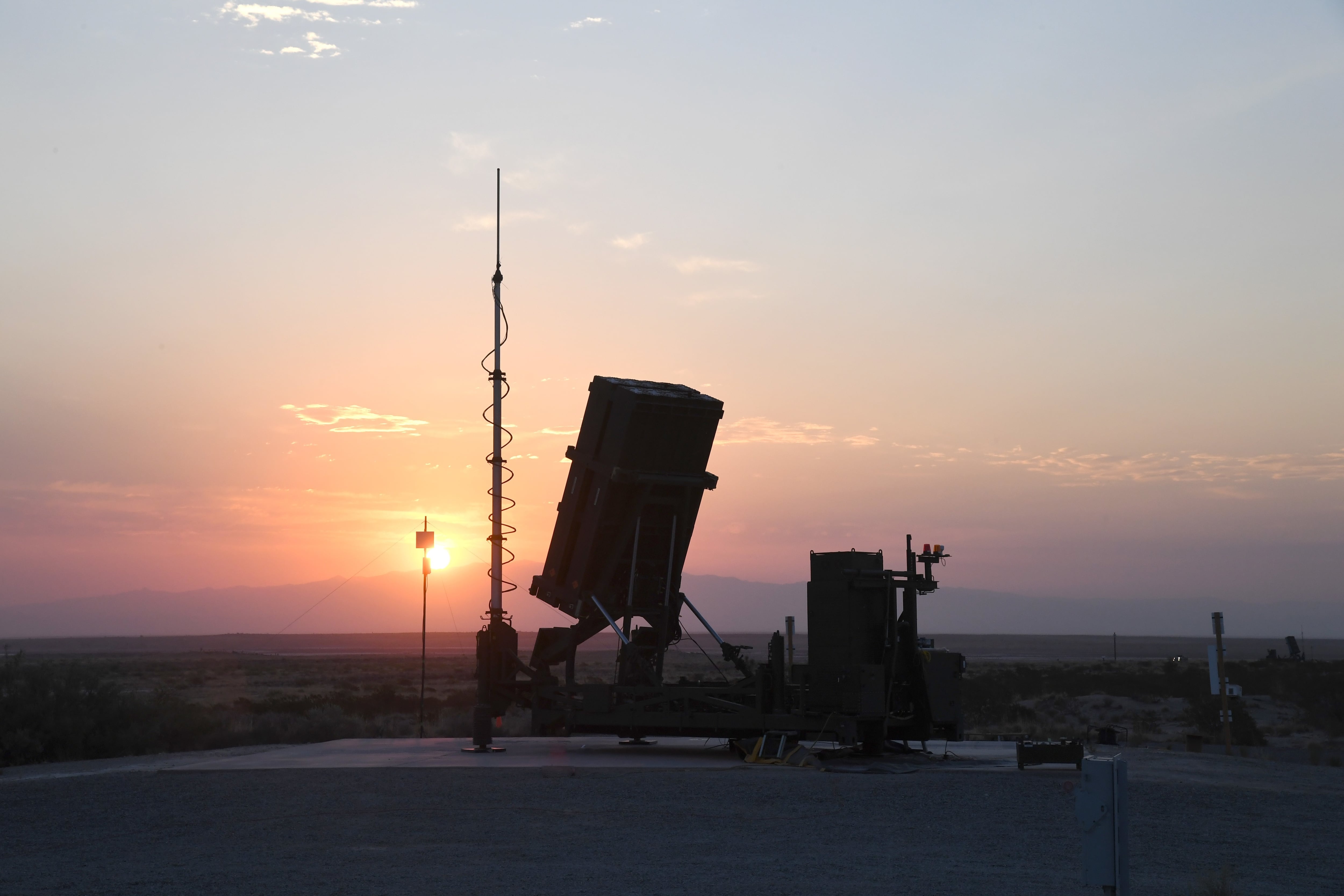WASHINGTON — The Missile Defense Agency’s initial plan for the architecture to protect Guam turns to proven systems to help the agency meet a 2026 fielding deadline, according Vice Adm. Jon Hill, the agency’s director.
The defense of Guam from potential ballistic, cruise and hypersonic missile attacks has become a priority for the MDA, which is seeking $539 million in fiscal 2023 to continue to design and develop multiple-land based radar systems, procure weapon system components and initiate military construction planning and design activity.
“Current forces are capable of defending Guam against today’s North Korean ballistic missile threats,” Dee Dee Martinez, the MDA’s comptroller said in a March 28 Pentagon budget briefing. “However, the regional threat to Guam, including from China, continues to rapidly evolve.”
In FY22, the agency, at the request of U.S Indo-Pacific Command, asked for $78.3 million to consider systems to support Guam and another $40 million to procure long-lead items.
The idea was the agency would have a clearer sense of how to defend Guam against missile threats by FY23 and would then pursue funding for architecture implementation, according to last year’s budget briefing.
In FY22, Congress ultimately provided an additional $80 million to accelerate the Guam architecture.
The architecture will not be a fixed missile defense site like Aegis Ashore in Romania and Poland, Hill said. “Think of it as a distributed system.” He added that the agency is interested in using mobile launchers.
The architecture will include Navy SM-3 and SM-6 missiles, the Patriot air-and-missile defense system and the Army’s Terminal High Altitude Area Defense System (THAAD). A THAAD battery has been operating on Guam since 2013.
Those elements will be connected through the Army’s Integrated Battle Command System, a command-and control-system that connects sensors and shooters on the battlefield. The agency will also use the Aegis weapon system’s fire control capability, Hill said.
“Patriot [has] a fabulous capability for cruise missile defense, and that’s our first focus area,” Hill said. “And we have the ability within Aegis to enable that, but, right now, we are doing ballistic missiles, hypersonic, on the Aegis part of that overall integrated architecture and then the cruise missile piece will be with the Army systems.”
RELATED

While MDA is focused on using existing technology to make up the architecture, it will consider new technology, including the Mid-Range Capability missile the Army will field in FY23, as it becomes available, according to Hill.
And even though MDA is using proven systems, it remains a challenge to build the architecture on Guam.
“There’s a small percentage of the land that is available for us to land this capability, so we are going to skate very close to the Joint Regional Command there for land allocations and siting,” Hill said.
“That topology of the island … it is a tough place,” Hill said. “An Aegis Ashore site is limited in what it can do because of the the rise and the fall of the hills, you got radar, it’s not a flat earth, and it’s certainly not flat on Guam, so we’ve done some really incredible work and analysis over the last couple years ... by dispersing the systems and making sure everything’s networked.”
The architecture development on Guam should not be seen as a “one-off” capability, Hill said.
“What we do on Guam will inform what we do for cruise missile defense of the homeland, for example,” Hill said. “We are using existing sensor technology, we’re going to tie in through the command-and-control battle management into space assets and other sensing capability to have our fused track there.”
MDA will also be using “different launching systems and different missile capability that exists today that are in a constant state of evolution,” he added. “We’re going to do something great there, and it will be extensible.”
Jen Judson is an award-winning journalist covering land warfare for Defense News. She has also worked for Politico and Inside Defense. She holds a Master of Science degree in journalism from Boston University and a Bachelor of Arts degree from Kenyon College.








